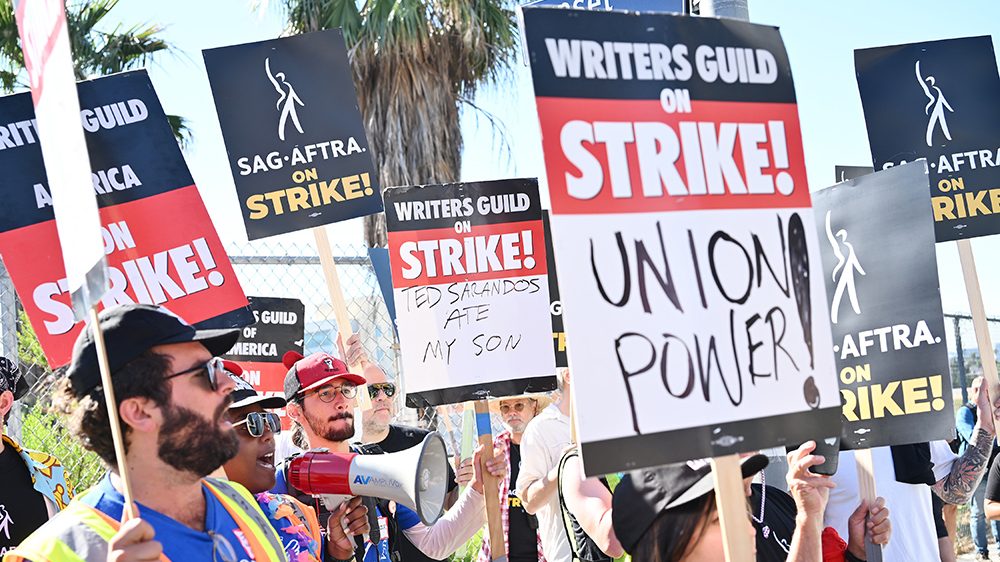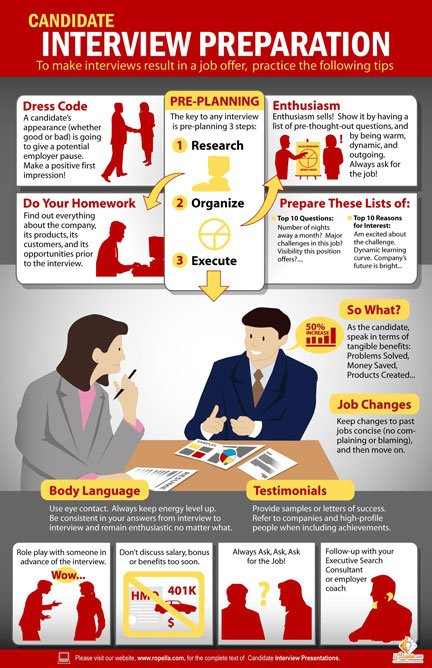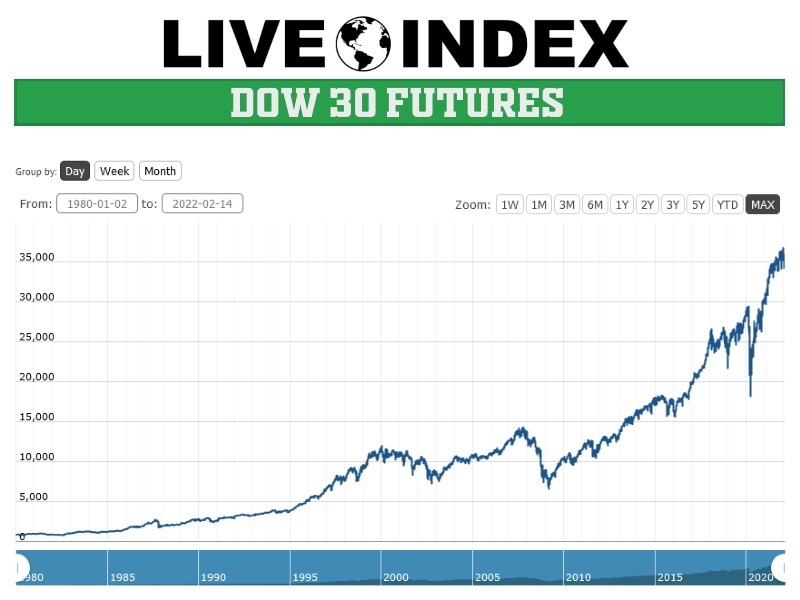Double Trouble In Hollywood: WGA And SAG-AFTRA Strike Cripples Production

Table of Contents
The Roots of the Hollywood Strikes
The current Hollywood strikes are rooted in deep-seated concerns regarding fair wages, the changing landscape of the entertainment industry, and the increasing role of artificial intelligence (AI). Both the WGA and SAG-AFTRA have presented strong arguments for significant changes to their working conditions.
WGA Strike Demands
The WGA strike, which began in May 2023, centers on several key demands, all aimed at improving the lives and working conditions of television and film writers.
- Minimum Staffing Levels: The WGA seeks to increase the number of writers employed on television productions, combating the trend of “mini-rooms” and understaffing which has burdened writers with excessive workloads.
- AI Usage in Writing: The union is pushing for regulations to prevent the use of AI to replace writers and to ensure that AI is used ethically and responsibly, if at all, in scriptwriting. They are demanding clear guidelines and compensation for any use of AI-generated material.
- Improved Streaming Residuals: The WGA highlights the significant disparity between residuals earned from traditional television broadcasts and those earned from streaming platforms. They are fighting for a fairer system that reflects the widespread consumption of content on streaming services.
Statistics show that writer income has stagnated or even declined in recent years, particularly for those working on streaming projects. The current residual system fails to account for the massive audience reach of streaming platforms.
SAG-AFTRA Strike Demands
The SAG-AFTRA strike, which began in July 2023, adds another layer to the crisis. Their concerns mirror those of the WGA, focusing on fair compensation and the ethical use of AI, but also addressing unique issues facing actors.
- Fair Wages and Residuals: SAG-AFTRA is demanding fair wages that reflect the value of their work, especially in the context of streaming. They are also pushing for improved residuals from streaming platforms, which currently provide minimal compensation compared to traditional television.
- AI Usage in Generating Likenesses: The union is actively fighting against the use of AI to generate actors' likenesses without their consent or compensation. This includes using AI to create deepfakes or to recreate performances without the actor's involvement.
- Self-Tape Auditions: SAG-AFTRA seeks to curb the overuse of self-tape auditions, which have become increasingly prevalent, leading to increased costs and reduced opportunities for actors. They advocate for regulated and compensated self-tape processes.
- Health and Pension Plans: The union also seeks improvements to their health and pension plans, ensuring long-term financial security for actors.
Statistics reveal a significant income disparity amongst actors, with a substantial portion facing financial insecurity. The widespread adoption of self-tape auditions places an additional burden on actors, who are responsible for their own filming equipment and production costs.
The Devastating Impact on Hollywood Production
The combined WGA and SAG-AFTRA strikes have brought Hollywood production to a near standstill, creating a domino effect across the industry.
Production Shutdowns
Hundreds of television shows and major motion pictures have been halted indefinitely, causing significant delays and financial losses. High-profile projects impacted include numerous late-night shows, network dramas, and highly anticipated feature films.
- Delayed Releases: The release dates of many films have been pushed back, resulting in lost revenue for studios and distributors.
- Cancelled Projects: Some projects have been completely abandoned due to the prolonged nature of the strike.
- Financial Losses: Estimates of the financial losses incurred by studios run into billions of dollars, but the true figure may be much higher.
The impact extends beyond the studios themselves. Related industries like catering, transportation, and location services are also suffering significant job losses.
Economic Ripple Effects
The economic ripple effects of these Hollywood strikes are far-reaching. Beyond the actors and writers, thousands of crew members, support staff, and local businesses dependent on the entertainment industry are facing job losses and financial hardship.
- Job Losses in Related Industries: The halt in production directly affects the livelihoods of countless individuals employed in makeup, camera operation, sound design, and other related roles.
- Reduced Tourism Revenue: The closure of studios and film sets reduces tourism revenue in various locations, impacting local businesses and economies.
- Potential Long-Term Damage to the California Economy: The California economy relies significantly on the entertainment industry, and the prolonged strike poses a serious threat to its long-term stability.
The economic repercussions of this double strike are already considerable and threaten to exacerbate pre-existing economic difficulties across the affected regions.
Potential Resolutions and Long-Term Implications
Resolving these Hollywood strikes presents considerable challenges. Both sides need to find a path towards a fair and sustainable solution that addresses the legitimate concerns of the unions.
Negotiation Challenges
The complexities of negotiating between the unions and the Alliance of Motion Picture and Television Producers (AMPTP) are substantial.
- Key Sticking Points: Disagreements regarding streaming residuals, AI usage, and the definition of "fair wages" remain major obstacles.
- Power Dynamics: The power imbalance between the studios and the unions is a significant factor, adding complexity to the negotiations.
- Industry Transformation: The industry's rapid transformation due to streaming services and the rise of AI complicates the development of fair and sustainable labor practices.
The Future of Hollywood
The outcome of these Hollywood strikes will have profound implications for the industry's future.
- Production Models: The strikes may accelerate the shift towards new production models, potentially impacting the role of traditional studios.
- AI in Entertainment: The strikes could lead to stricter regulations or limitations on the use of AI in creative fields, although the exact nature of these remains to be seen.
- Unionization: The strikes might inspire further unionization efforts within other sectors of the entertainment industry.
- Power Balance: The outcome of the negotiations will shape the future balance of power between the unions and the studios, influencing the working conditions of creatives for years to come.
Conclusion
The dual strikes by the WGA and SAG-AFTRA represent a pivotal moment in Hollywood history. The widespread shutdowns are causing significant financial losses and highlighting long-standing issues of fair compensation and job security in the face of technological advancements. The outcome of these Hollywood strikes will significantly shape the future of the entertainment industry, impacting everything from creative practices to the very structure of production. The resolution of these disputes requires a fair and equitable outcome that addresses the legitimate concerns of the unions while ensuring the long-term sustainability of the industry.
Call to Action: Stay informed about the evolving situation of the Hollywood strikes and their impact on your favorite shows and movies. Follow the news closely to understand the potential long-term effects of this unprecedented double trouble in Hollywood. Support the actors and writers by staying engaged with the issues and advocating for fair labor practices in the entertainment industry.

Featured Posts
-
 The Elon Musk Effect Profits From Access To Private Investments
Apr 26, 2025
The Elon Musk Effect Profits From Access To Private Investments
Apr 26, 2025 -
 Land Your Dream Private Credit Role 5 Crucial Dos And Don Ts
Apr 26, 2025
Land Your Dream Private Credit Role 5 Crucial Dos And Don Ts
Apr 26, 2025 -
 Nintendo Switch 2 Preorder My Game Stop Queuing Experience
Apr 26, 2025
Nintendo Switch 2 Preorder My Game Stop Queuing Experience
Apr 26, 2025 -
 Nfl Draft 2024 A Green Bay First Round Preview
Apr 26, 2025
Nfl Draft 2024 A Green Bay First Round Preview
Apr 26, 2025 -
 Stock Market Update Dow Futures Chinas Economic Measures And Tariff Impacts
Apr 26, 2025
Stock Market Update Dow Futures Chinas Economic Measures And Tariff Impacts
Apr 26, 2025
